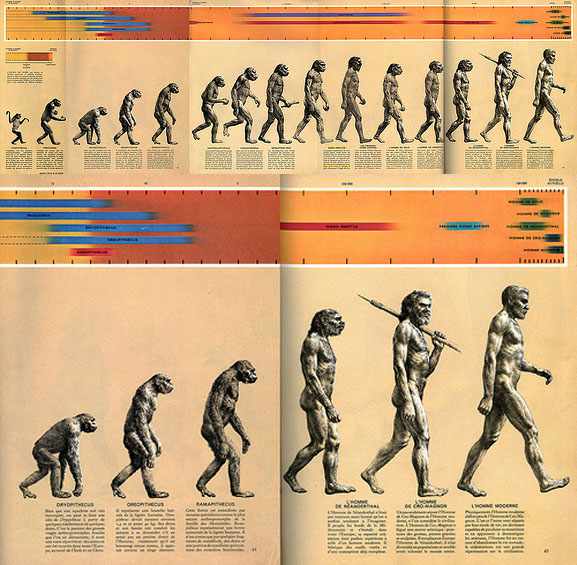
Makerpreneurship: The Evolution of an Engineer
Christopher Kitts
Whether it’s a fad or the new reality, the Maker Movement is here, at least for the near future. This movement captures the upswell of interest in the hands-on creation of new things, from arts and crafts to technical innovations. Fueled by the low-cost accessibility of tools like 3D printers and easy-to-use components like microcontrollers, this movement is being hailed as the dawn of a new age in U.S. manufacturing and STEM education.
our first challenge is to convince students to pause, reflect, and apply the knowledge and techniques they learn as engineers when designing and building new things
As educators, we are interested in harnessing the energy of such movements to advance the learning objectives we have for our students. With incoming freshmen already engrossed in the Maker Movement, our first challenge is to convince students to pause, reflect, and apply the knowledge and techniques they learn as engineers when designing and building new things. While it’s certainly fine to build things for fun, a fundamental truth in engineering is that, for problems with any complexity, the use of analysis to explore options through mathematical models and simulation allows designers to explore possible solutions far more quickly than trying to build every iteration. Reinforcing this point with students often makes me think of Zallinger’s 1965 drawing, “The Road to Homo Sapiens,” showing a transformation from our apelike ancestors to Homo sapiens. From this point of view, learning how to exploit our knowledge of mathematics and the engineering sciences is a key step in the evolution of a student from tinkerer to engineer.

Zallinger’s 1965 drawing, “The Road to Homo Sapiens”
In my own, perhaps simplistic, mental picture of “The Road to Engineer,” the next step for the evolving student is to make things that solve problems. Indeed, a classic definition of an engineer is someone who applies their technical knowledge to solving problems. This often results in creating new products, services, or systems through synthesis—the savvy combination of parts into an effective whole. To do this skillfully, engineers draw on the fields of design methodology and design thinking. These areas help us to translate a customer’s need into an actionable engineering requirement, to creatively brainstorm a wide range of options, and to select and integrate appropriate options into a viable design.
Most engineering programs do a great job of evolving students through these first two steps. There is a critical third step, however, that we must address as well: to be entrepreneurial by focusing on the creation of value. Many people think that solving a problem will automatically lead to the creation of value, but that’s not at all the case. This is evident by the astonishing fact that one of the main reasons startups fail is that they make a product that nobody wants! They are solving a problem, but it’s the wrong problem. For this reason, the third step in the evolution of an engineer is to adopt an entrepreneurial mindset—focus on creating value by solving real problems for real people in an economically viable manner.
We don’t just want Makers, we want Makerpreneurs—students who can make things, solve problems, and create value. These are the evolutionary steps of a Santa Clara engineer. This is the vision I imagine for our new Sobrato Campus for Discovery and Innovation, which will bring together students across the STEM disciplines to create and develop technologies and systems that will transform our world.

